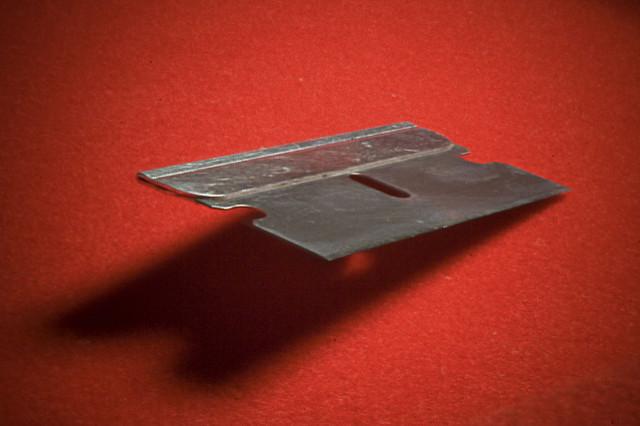
In February, the Australian Federal Police (AFP) Commissioner, Andrew Colvin, told the Senate’s Legal and Constitutional Affairs Committee that he faced a supply and demand challenge at a time of budget cuts. ‘The demand for our services is increasing, the crime environment is increasing, and like any police commissioner I have to make sure that I appoint my resources as best I can against that demand,’ Commissioner Colvin said.
This week Colvin provided further frank and fearless advice to the committee. The $204 million being cut from his budget by efficiency dividends over the next four years may result in the scaling back of enforcement activities targeted at gangs, drugs and corruption. He said he wouldn’t assume that there’d be a reduction in crime rates, but there’d be changes in the types of crimes police had to deal with. ‘And there’s always more crime than we can deal with.’
The difficult decisions that Colvin faces have real effects on community safety, but they’re made tougher by funding cuts. We should expect better from a tough-on-security Turnbull government.
The cost of policing is rising dramatically. Today, police face a complex environment in which a vast array of new technological skills and specialisations are needed, from forensic and data scientists to specialist victim liaison officers. These skills cost money.
Drones, artificial intelligence and ‘big data’, and a myriad of other technologies are also changing the nature of policing. For the AFP to remain effective, it must be able to innovate through investments in technology. But this will hardly be possible for years to come given its budget position.
The AFP’s financial woes originate from the duel effects of lapsing funding agreements and an efficiency dividend that cuts deeply. Since 1987, this dividend has been an annual percentage reduction in each Commonwealth department and agency’s budget.
The dividend initially did what it was intended to do: it reduced inefficient expenditure in non-operational areas within agencies, which was long overdue.
But as efficiency improved and the number of available non-operational cuts decreased, decision-makers inevitably had to make cuts in operational areas. These cuts have become commonplace, even in agencies such as the AFP.
The 2009 independent federal audit of police capabilities, ‘New Realities: National Policing in the 21st Century’ by Roger Beale AO, noted ‘a series of ad hoc budget and capability initiatives taken by government, often to respond to crises, has left the AFP with the legacy of a seriously disjointed budgetary framework’. Beale also noted that these budget arrangements ‘inhibit flexibility in responding to changing priorities as well as long term planning for capital, equipment and its workforce’. But little has changed.
In 2015 the Australian government released the ‘Counter-Terrorism Machinery Review’. To the surprise of few, the review reported that security agencies had identified risks to national security outcomes if their base funding continued to be eroded.
The review’s authors provided an assessment of the effects of the efficiency dividend in terms of frontline staff reductions and diminished collection and analytical capabilities. They recommended that the AFP be exempted from the dividend. It wasn’t.
The dividend remains, and it has had very tangible negative effects on Australia’s police capability. The AFP’s network of international liaison officers, once described as the ‘jewel in the crown’ of Australian law enforcement, is receding at an alarming rate, with drastic reductions in the number of police operating overseas. And this can be linked to the pressures on the police to make the cuts required to meet the efficiency dividend.
Arguably, government needs to reconsider the recommendations of the 2015 ‘Counter-Terrorism Machinery Review’ and remove the burden of broad efficiency dividends from law enforcement agencies. Secondly, it needs to reconsider Beale’s findings, and make a consistent, long-term financial commitment to domestic security and law enforcement.
One solution could be to establish a minimum law enforcement commitment as a percentage of Australia’s gross domestic product. The government has done that in the case of Defence by setting a target of 2% of GDP by 2020–21.
If the funding issue isn’t resolved, in four years we’ll have a smaller and less effective AFP. Unless crime rates drastically decline, we’ll be less safe as a result.